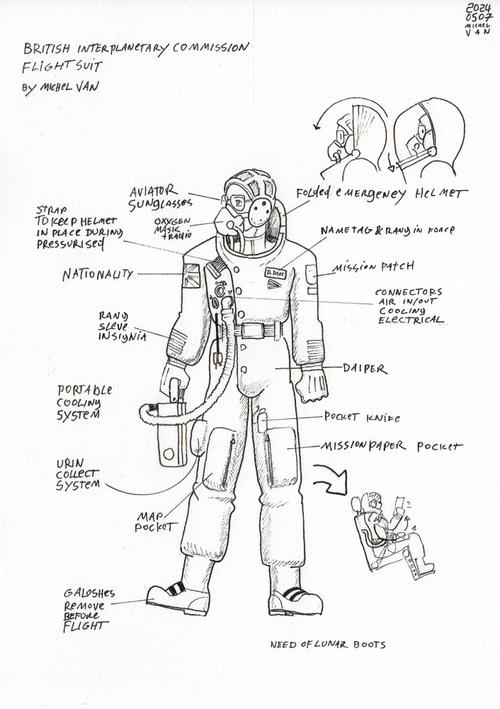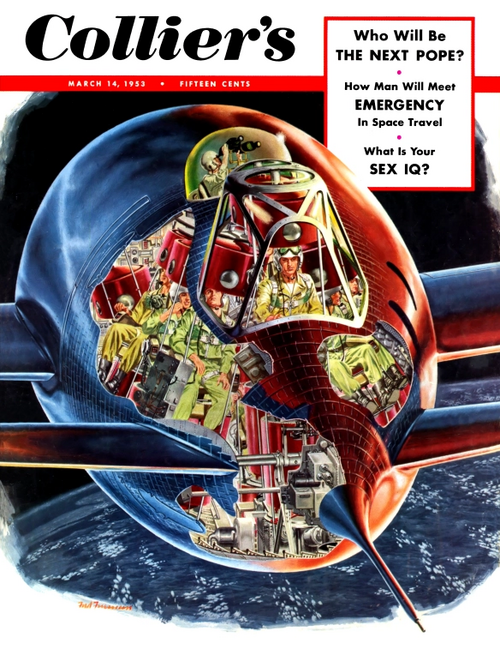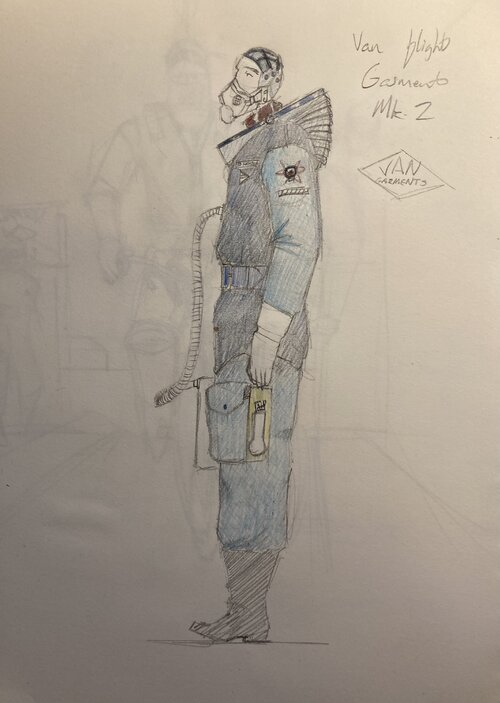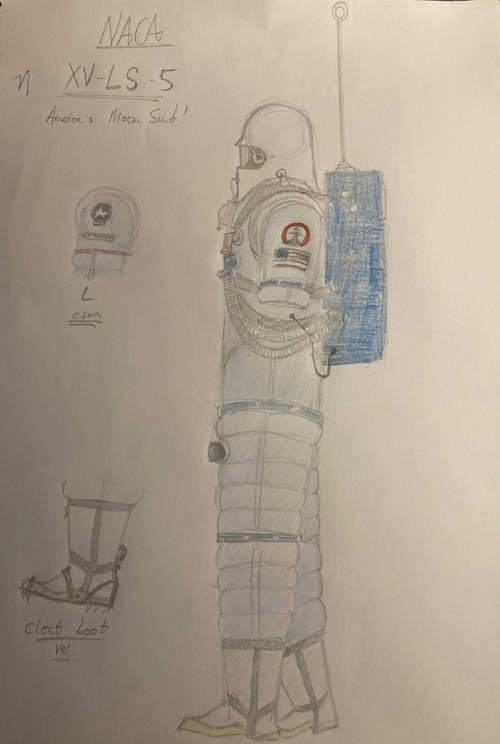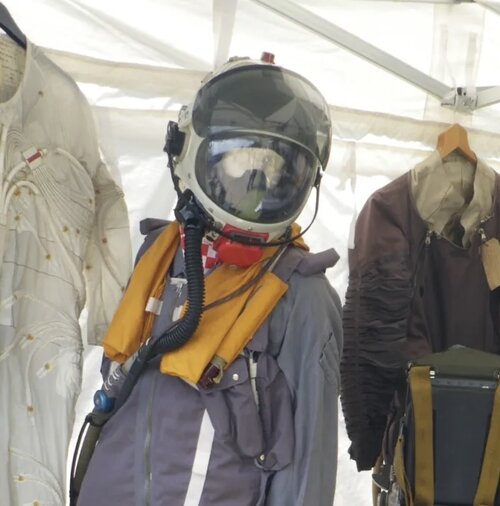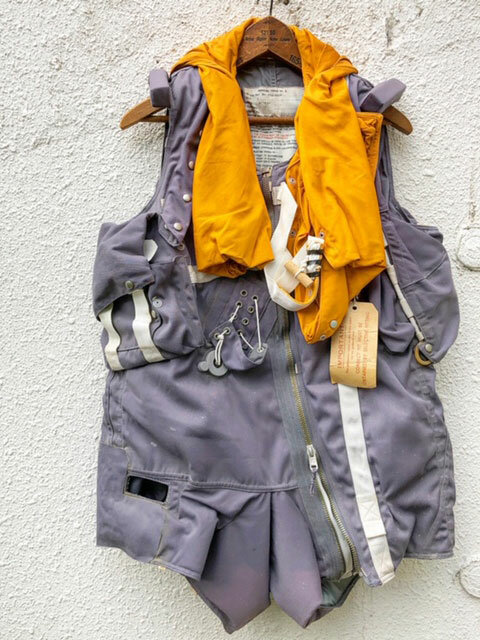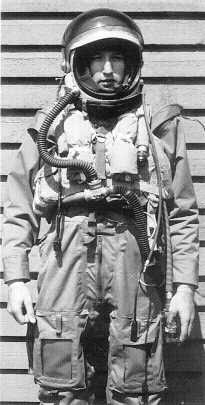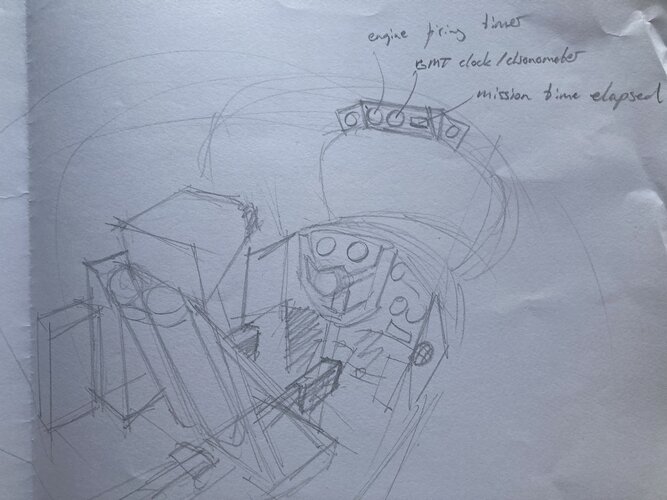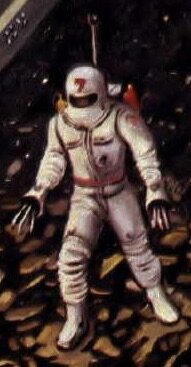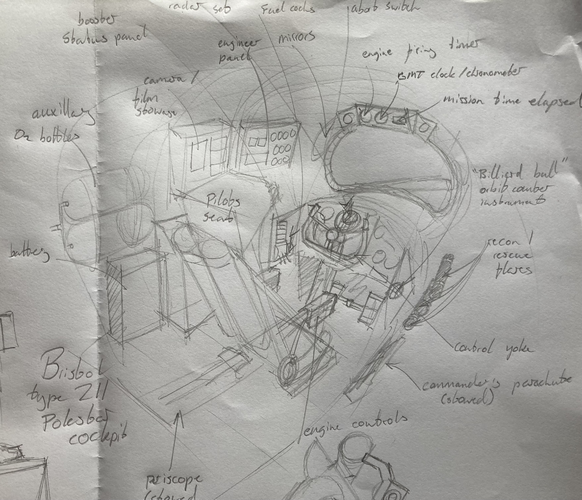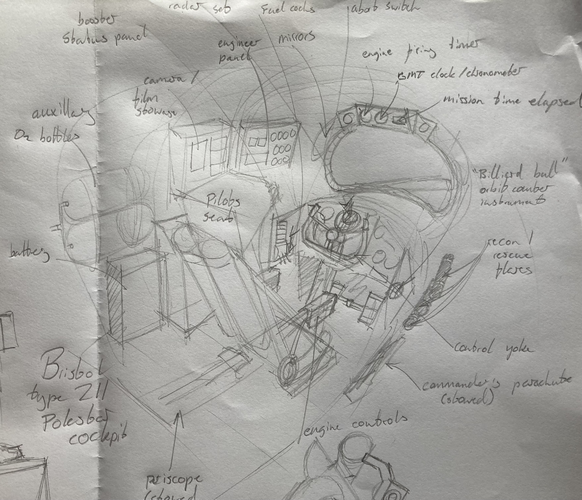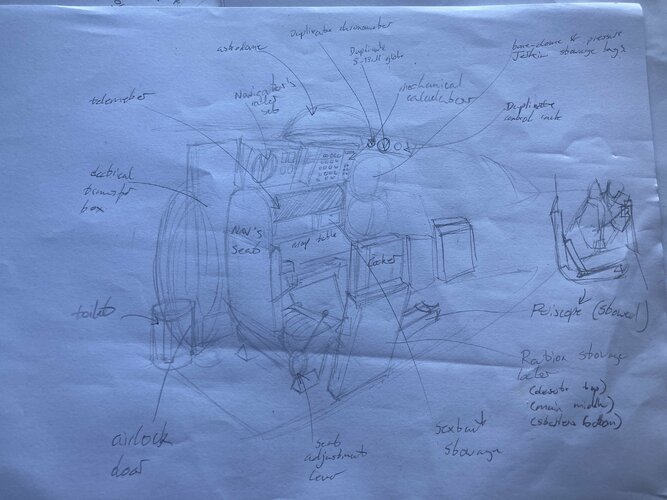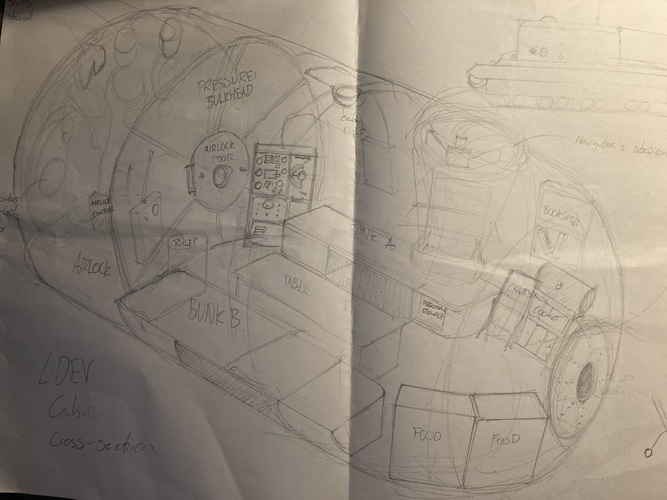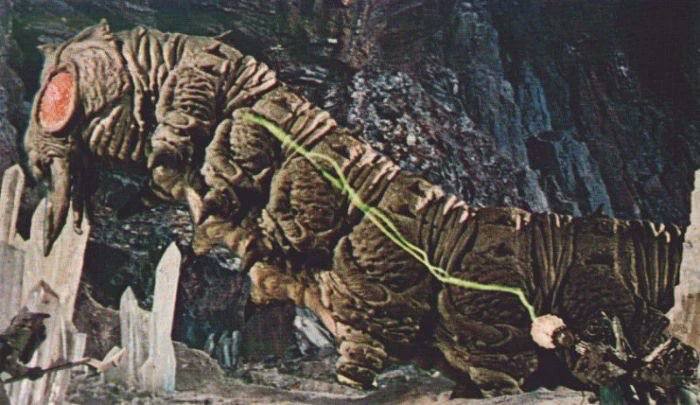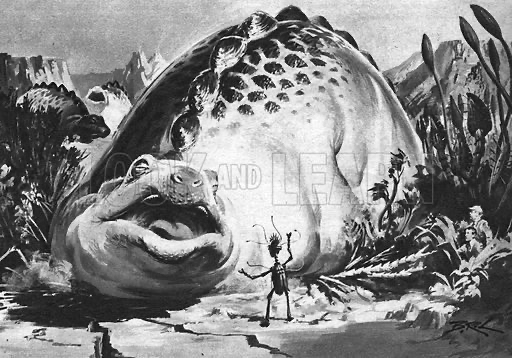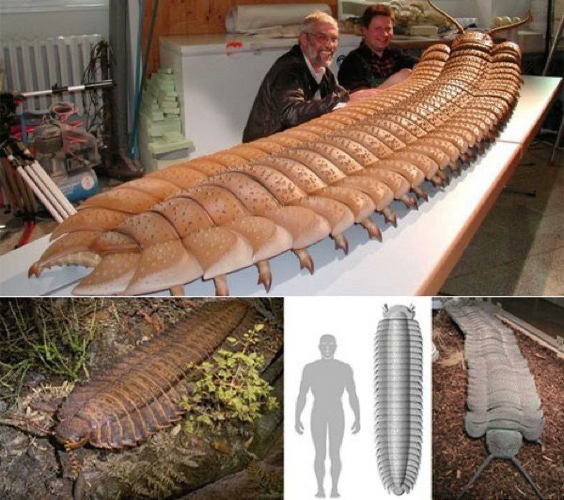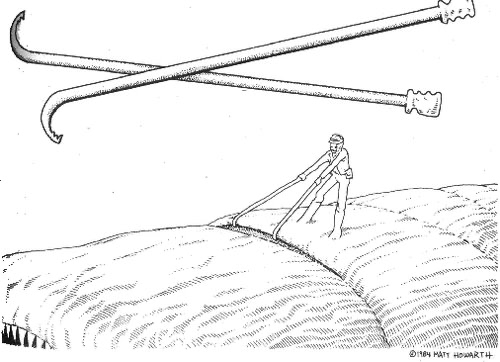In the USSR, you had the perfect storm of an emerging superpower on a war footing discovering secret German tech, lack of Boeing suits, betrayed by Western allies who propped up fallen axis powers and the Cosmists ideology with rockets as a symbol of Revolution to give the perfect environment for the rise of the Chief Designers and R-7.
Your scenario *demands* a non-existent RAF and no WWI.
A stronger Royal Navy working closer with Germany is a help ---but for rocketry to advance, I say aviation needs to take a hit.
That seems odd, but if the Wright Brothers had crashed and burned--with Goddard having Lindbergh's reception, the psychic stage is set.
Here, Korolev becomes a leading figure in Aviation and Russia aligns itself with the Ottoman empire against a Europe then untouched by war.
Germany, France and Britain then develop a love for space after an asteroid devastates Poland.
No aircraft carriers, LeMay and Rickover stillborn.
That is a... interesting timeline, to say the least, lol. Here's how I envisaged it in my head:
So, naturally, ww1 and ww2 still happen, as this is necessary for rocket development to get to the V2. WW2 finishes, but the spoils of peenemunde are divvied up more equally that in our own timeline, allowing Britain to get its hands on a handful of German rocket scientists, but predominantly we got the engineers that built and launched them. Operation Backfire goes ahead as normal, but R.A Smith's "Megaroc" proposal actually gets approval by the ministry of Supply (reason why I'll get to in a moment). The BIS then saunters down to the backfire facilities in September of '46. They then commandeer the facilities and the personnel (under army supervision, naturally) to build megaroc.
A notice is then distributed to RAF bases in the vanquished Germany and across Britain, particularly amongst the RAE, asking pilots whether they would be interested in flying a "wholly new kind of craft". There are over 600 applicants, but only about 250 make it through the interviews, and the group is finally whittled down to 10 after the medical exams. This group of 10 men (largely RAE test-pilots, including Eric Winkle Brown and the main character of the game this is for, David Alastair Rathbone), are presented to the public in April of '47, with the press calling them "The Megaroc Men".
They are then trained on the craft, which Eric dubbed "A most peculiar thing", using an operational mock-up of the cabin, suspended by a cable so that the pilot could be trained in control of orientation and spin. The pilots were also trained in the tele-control of an unmanned rocket and cabin assembly in free flight.
At last, after some 7 months of rigorous training, David Rathbone stepped into the Megaroc Capsule "Icarus", on the morning of November 5th 1947, and ascended to an altitude of 300km.
_________________________________________________________________________________________________
Now, how exactly was there funding to go around for this? Essentially, it is a combination of two major changes to the timeline: Roosevelt doesn't die in '45, and instead saunters on into 1954, where he then kicks the bucket. AND Stalin is more open with the west, and accepts Marshall Plan Aid, under the recommendation of Commissar Litvinov.
With Russia no longer seen as the next big enemy to defeat, this removes much of the Cold War tension, so funding for further A-Bomb tests is now redundant as there is no enemy now to use them on. This allows funding to be shifted around to more scientific-oriented projects, such as the Miles M.52, which Winkle used to break the sound barrier first in this timeline, spawning a bit of a "friendly rivalry" between the US and UK, and the soviets, not wanting to be outdone but also not wanting to compete directly with the west, do the same things but for anniversaries of the Party, for example, such as the launch of
their first man in space.
hope this helps

